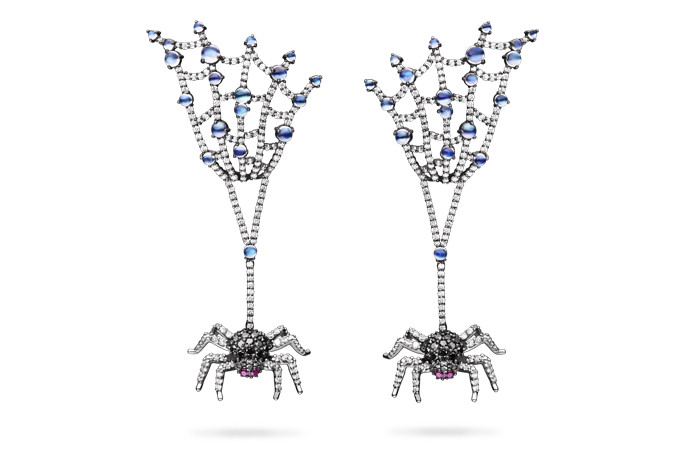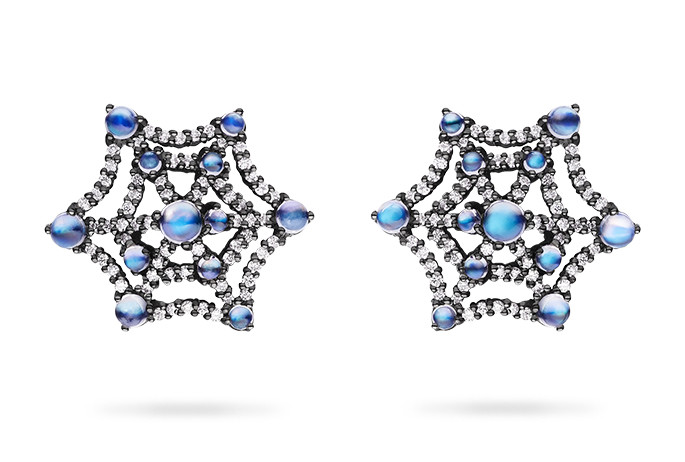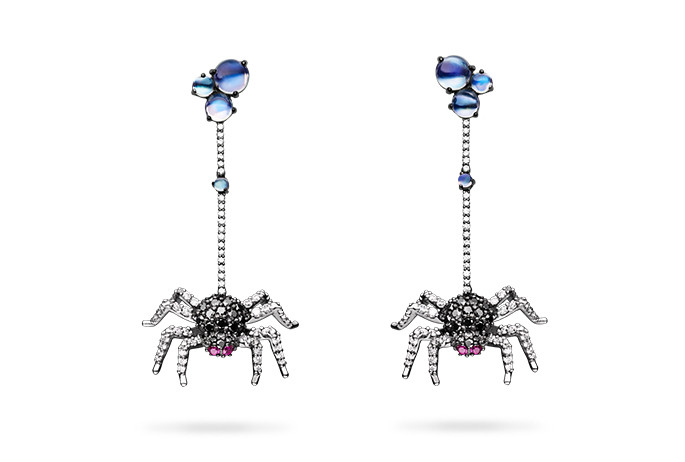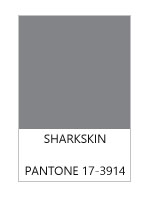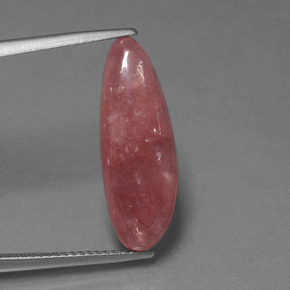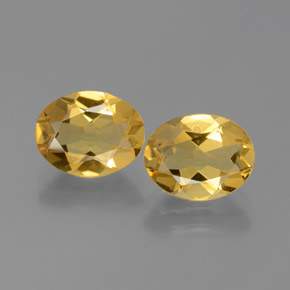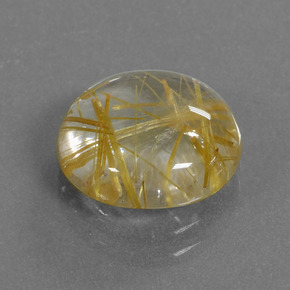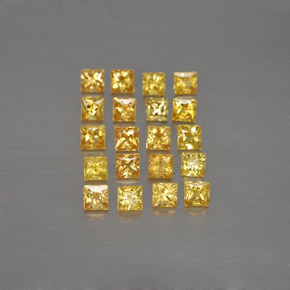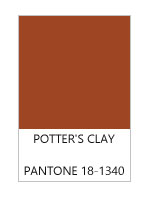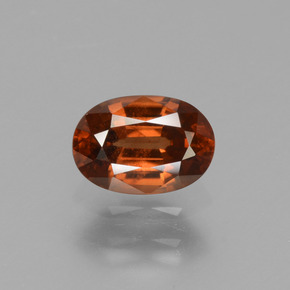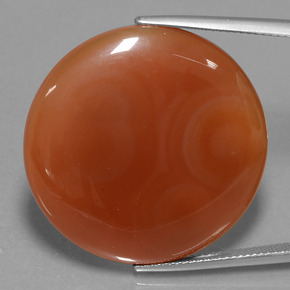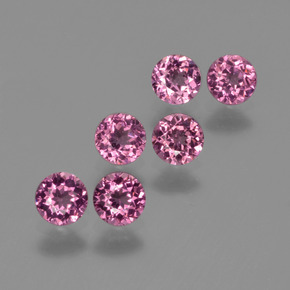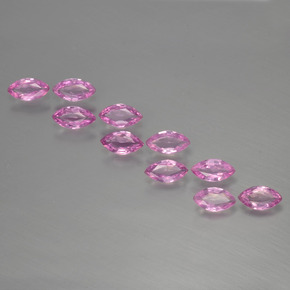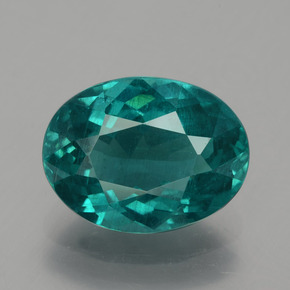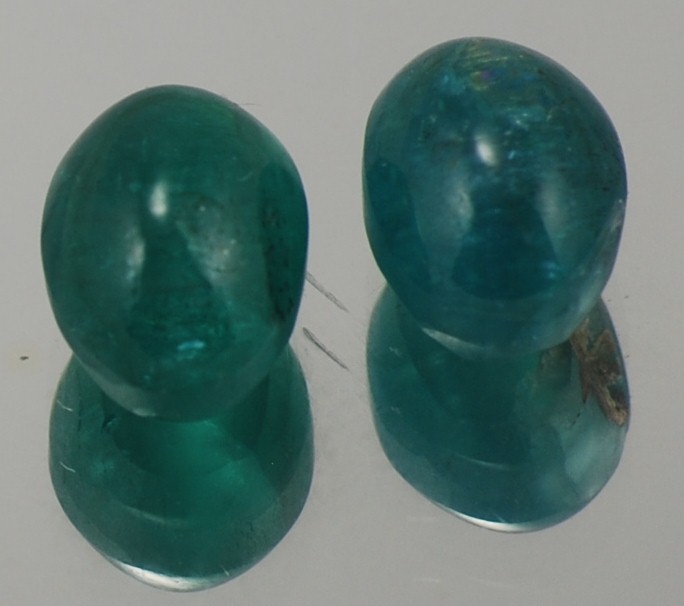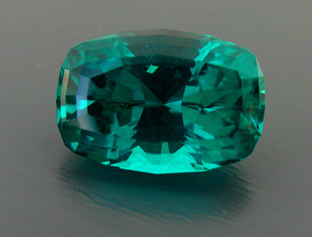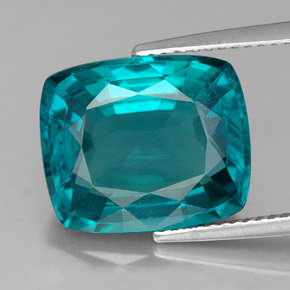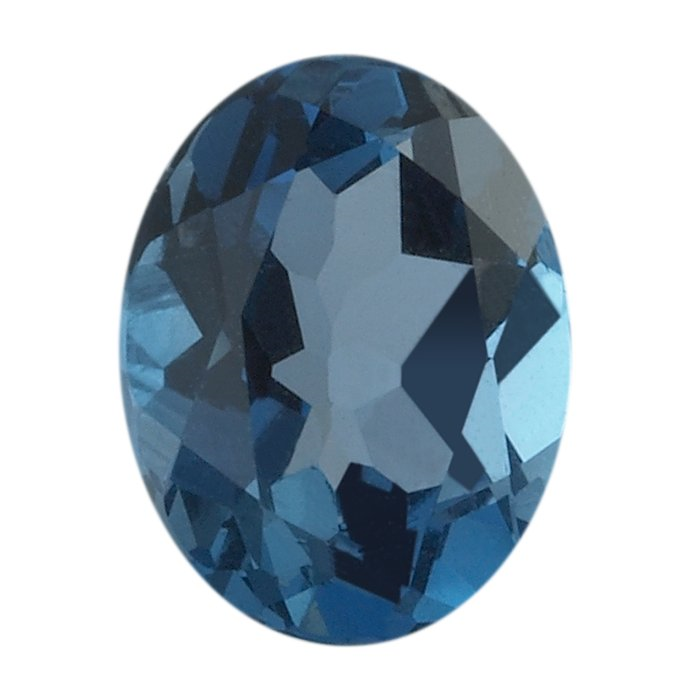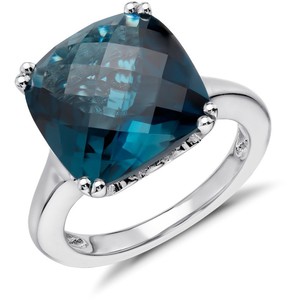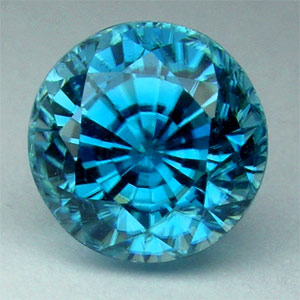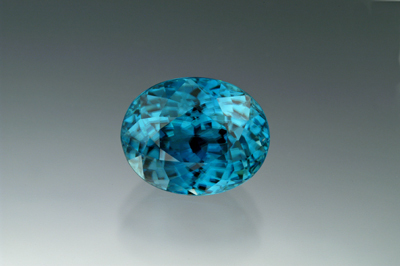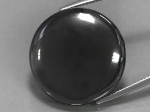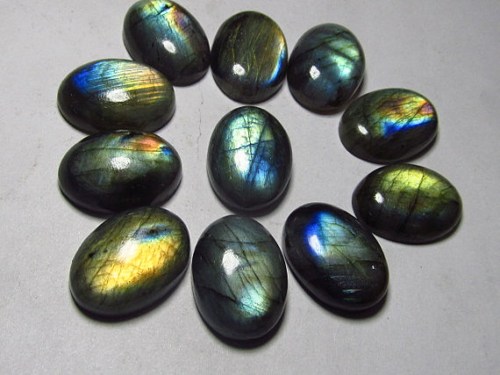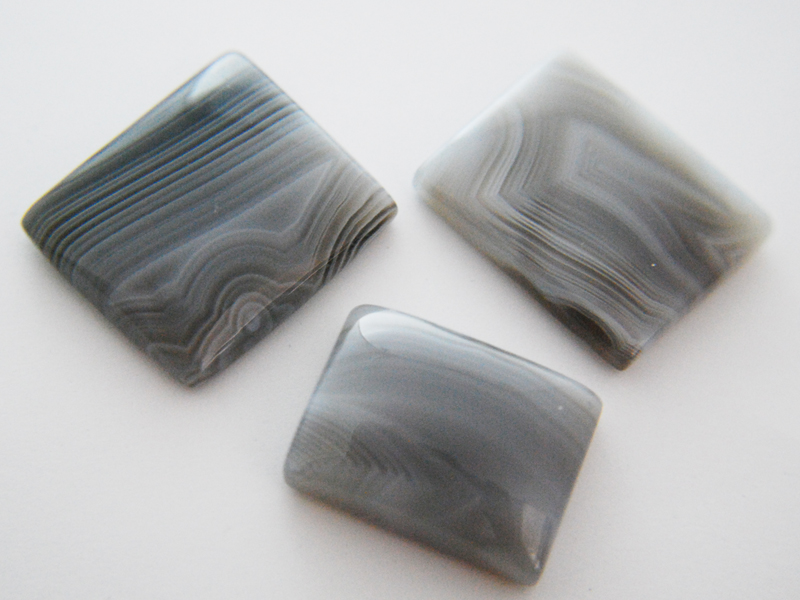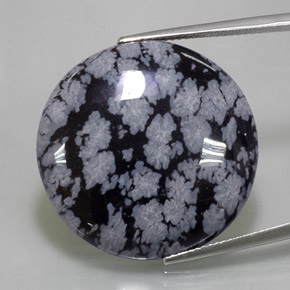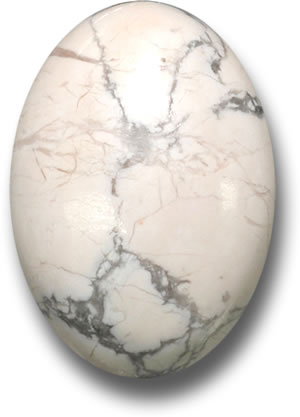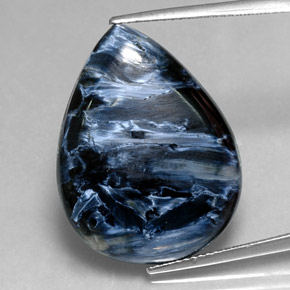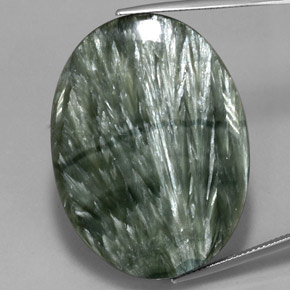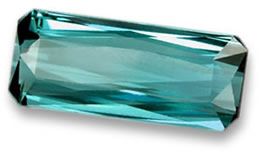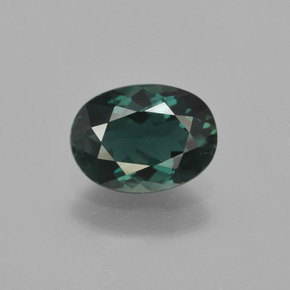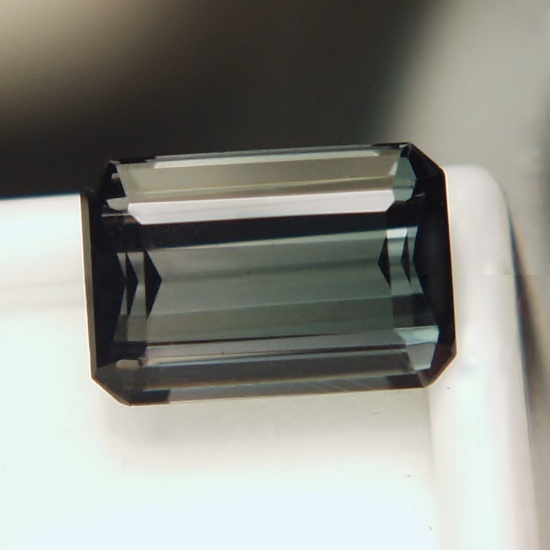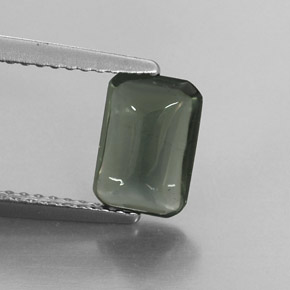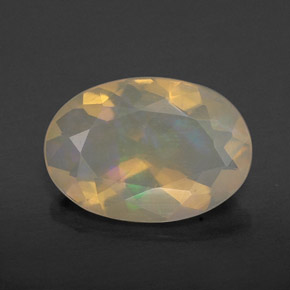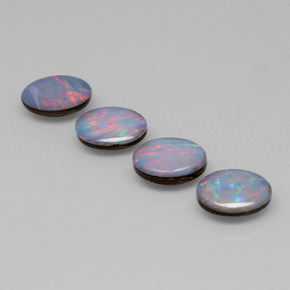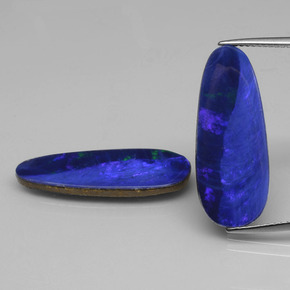"Like Airy Blue, PANTONE 18-1630 Dusty Cedar gives a nod to the PANTONE Color of the Year 2016, Rose Quartz.
[Dusty Cedar is] a fall and winter version of the Pinks we’re used to seeing in spring. [It is a] dustier rose-toned Pink shade with some complexity [that] exudes warmth and welcome."
This dusty rose has a wonderfully old fashioned feel to is. I chose stones that maybe aren't as well known in the jewelry world. The first is a stone with a little bit of interesting controversy surrounding it.
Andesine-Labradorite/Red Feldspar: "Andesine-labradorite" came onto the gem scene in 2003, so it is a relative newcomer. It is typically a reddish orange color, along with traces of green and yellow with a faint metallic luster known as labradorescence. The problem with andesine-labradorite is that it was originally sold without disclosing it's true origins and that it was color enhanced. The gemstone was presented as being from South America's Andes Mountains (hence the name 'andesine'). Later it was discovered that it was not actually a new mineral called 'andesine', but actually color-enhanced 'labradorite'. The name 'andesine' was very misleading. In an attempt to correct the problem, 'andesine' was later hyphenated to 'andesine-labradorite'. The trade name is widely used, but it is also referred to as just 'andesine', 'red labradorite', 'Congo sunstone', and 'red feldspar'.
The second stone that I chose is not controversial, but it is also a relative newcomer. Rhodochrosite was first described in 1813, but wasn't introduced to the market until around 1940. It was named the state mineral of Colorado in 2002. Rhodochrostie is a softer stone and you will usually see it carved, made into beads, or cut into a cabochon.
